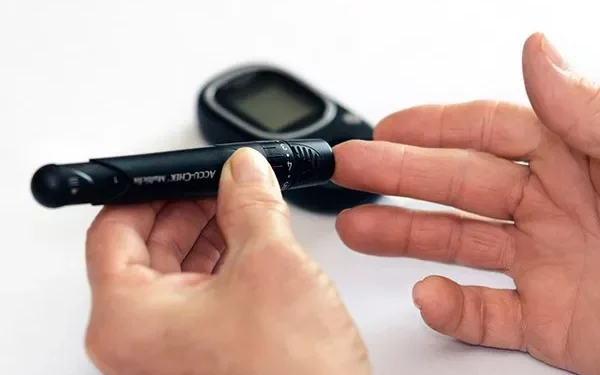Continuous glucose monitoring (CGM) technology is transforming diabetes management by providing real-time glucose data and reducing the need for frequent finger sticks. As CGM devices evolve, their applications are expanding beyond diabetes management to include broader health monitoring. Here’s a look at the advantages and disadvantages of CGM, along with the latest developments in the field.
Advantages of Continuous Glucose Monitoring
CGM systems offer several notable benefits over traditional blood glucose meters:
Real-Time Glucose Data: Unlike conventional methods that provide intermittent glucose readings, CGM systems deliver continuous, real-time data on glucose levels. This continuous feedback helps patients make timely adjustments to their treatment plans, leading to improved glucose control.
Trend Analysis: CGM technology allows users to identify trends and patterns in their glucose levels. This can provide insights into how different foods, activities, or medications impact blood sugar, enabling more informed decisions.
Improved Outcomes: Studies have shown that people with type 1 diabetes who use CGM experience better glycemic control, including increased time within target glucose ranges, lower HbA1c levels, and fewer hypoglycemic episodes. These improvements can reduce the need for acute care and frequent medical visits.
Enhanced Patient Empowerment: Real-time feedback from CGMs can motivate patients to make healthier lifestyle choices and adhere to their treatment regimens more closely.
Technological Advances: Modern CGMs have become more accurate, compact, and user-friendly. Many systems now feature smartphone connectivity, eliminate the need for finger stick calibrations, and provide alarms for out-of-range glucose levels.
Disadvantages and Challenges
Despite their advantages, CGMs have some drawbacks and limitations:
Data Interpretation: CGMs provide real-time data, but without proper nutritional education and support, users may struggle to interpret and act on the information effectively. There is a shortage of dietitians available to help patients understand how their dietary choices impact glucose levels.
Adherence Issues: Adherence to CGM usage can wane over time. A study found that overall adherence dropped to 75% after six months, with some users falling below this rate. Regular clinician reinforcement is needed to maintain consistent use.
Cost and Accessibility: CGM systems can be expensive, and insurance coverage varies. While there have been improvements in coverage, many insurers limit CGM access to patients with type 1 diabetes or insulin-dependent type 2 diabetes. New over-the-counter (OTC) CGMs, like Dexcom Stelo and Libre Rio, may lower costs but could compromise on features and accuracy.
Device Types: CGMs come in two main types: real-time and intermittently scanned. Real-time CGMs offer continuous data and alerts but can be complex and generate frequent notifications. Intermittently scanned CGMs require manual scanning every eight hours, which can be inconvenient and lacks real-time alerts, potentially missing critical glucose fluctuations.
Accuracy and Reliability: Although CGMs have improved, they may still require calibration and may not always perform optimally. Sensor performance can vary, and some systems may need replacement before the expected duration.
Expanding Applications
The use of CGM technology is not limited to diabetes management. Emerging applications include monitoring prediabetes and optimizing health for individuals without diabetes. Studies have shown that CGMs can identify early signs of glucose dysregulation in healthy adults, potentially aiding in diabetes prevention through early intervention.
Future Prospects
Advancements in CGM technology are likely to include predictive features powered by artificial intelligence (AI). AI-driven algorithms could analyze current glucose data and predict future levels with greater accuracy, allowing for proactive management of blood sugar levels and reducing the risk of hypo- and hyperglycemia.
As CGM technology continues to evolve, it offers significant benefits for diabetes management and beyond. However, addressing challenges related to cost, data interpretation, and adherence will be crucial in maximizing the technology’s potential and broadening its use to improve overall health outcomes.
Related topics:
60% of Africans with Diabetes Unaware of Their Condition
FDA Approves First Automated Insulin Delivery System for Type 2 Diabetes
Mines Researcher Secures $1.7M NIH Grant to Advance Type 1 Diabetes Research


























